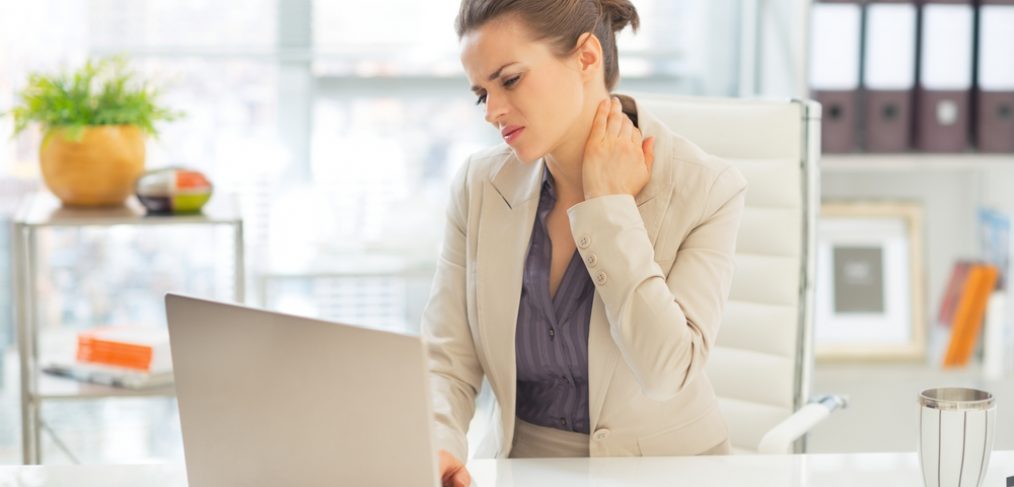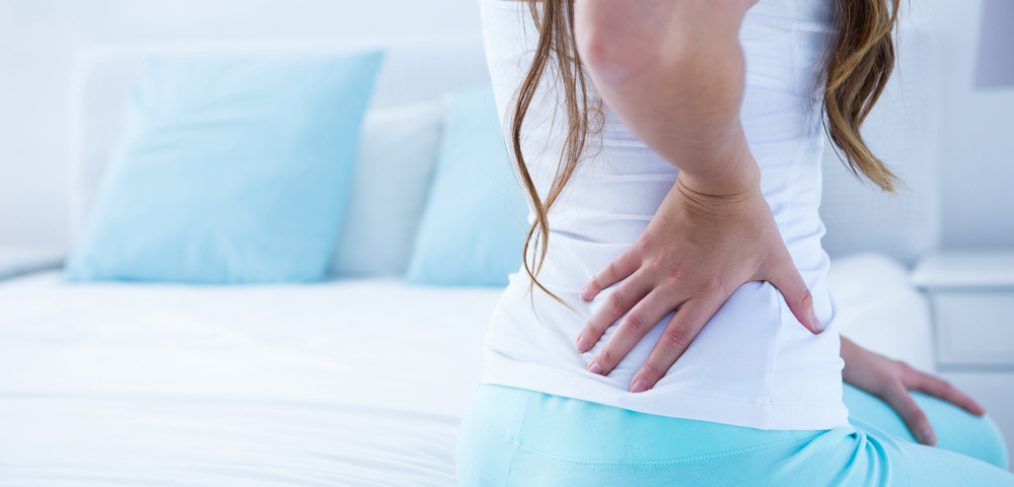You’ve finally gotten the job of your dreams. The pay is great, your coworkers are lovely, you have your own office with a great view, upholstered chairs, and a mahogany desk with a table lamp. Your mother tells you to quit; she says the job is way too dangerous. “Dangerous?” you say,” How is it dangerous? All I have to do is sit at a desk all day!”
Although it hardly seems worthy of a daredevil, sitting for hours has proven to be harmful, and even deadly, over time. So your mother may be right, after all. Termed “the new smoking” (rather fatalistically), extended periods of time sitting still have been linked in studies to a greater risk of metabolic syndrome, and health problems known to cause heart disease, as well as diabetes. So, If quitting your job is not a realistic option, here are a number of suggestions to keep health risk or a minimum.
The Exercise Break
Even if you work out regularly, it may not be enough to prevent you from becoming a statistic. According to Katy Bowman, biomechanics expert, “If you’re sitting eight to 12 hours a day and you’re taking a one-hour yoga class, it’s not enough.” She recommends short breaks to move around at regular intervals as a better idea.
Another way of avoiding stress and strain? Stand up straight! Cr. Julie Cote, Ph.D. recommends exercise programs like pilates, which focus on posture and range of motion, but adds, “One seven-week program is not going to cure you forever.”
Bowman recommends on the job training. “Even if you cross your leg while you’re sitting on the chair and lean forward, that’s a hip opener… You can cross a leg, you can spinal twist, you can stretch your calf, you can stand up.”

Workstation Adjustments
If your employer offers the option, in-house ergonomic programs are available. These programs will send a therapist to your location of employment to come to your desk and assess you. They will suggest personalized exercises, such as moving your head to avoid neck strain, or making adjustments such as tilting your computer monitor.
The therapist may also adjust your chair to offer better lumbar support. Sit stand stools which allow sitting and leaning are also a good option, as are balance balls. Keeping chair seats angled forward can hold the back in a healthier position.
Walkstation
If you’re willing to go high-tech, you can invest in a Walkstation, which is a low speed treadmill with a desk attached. If you’re more a DIY type, there are several online bloggers ready to offer advice on building your own.
Although this idea may seem appealing, Dr. Joseph Henry, senior director of health and well-being had this to say. “We thought it might send the message that you’re not to leave your desk, you’re chained to your desk. We’d rather they (the employees) actually got up from their desks and take a break from their work instead of being stuck at their desk all day.” Henry prefers encouraging employee health by allowing them to request an exercise ball to sit on and to use the companies 150 acre campus for walks and walking meetings.
Either way, it seems the message is clear, the body is made to move and it’s your job to move it.
How do you feel about movement in the office? What’s your take on the Walkstation? Is it the wave of the future or should we wave it good-bye?






